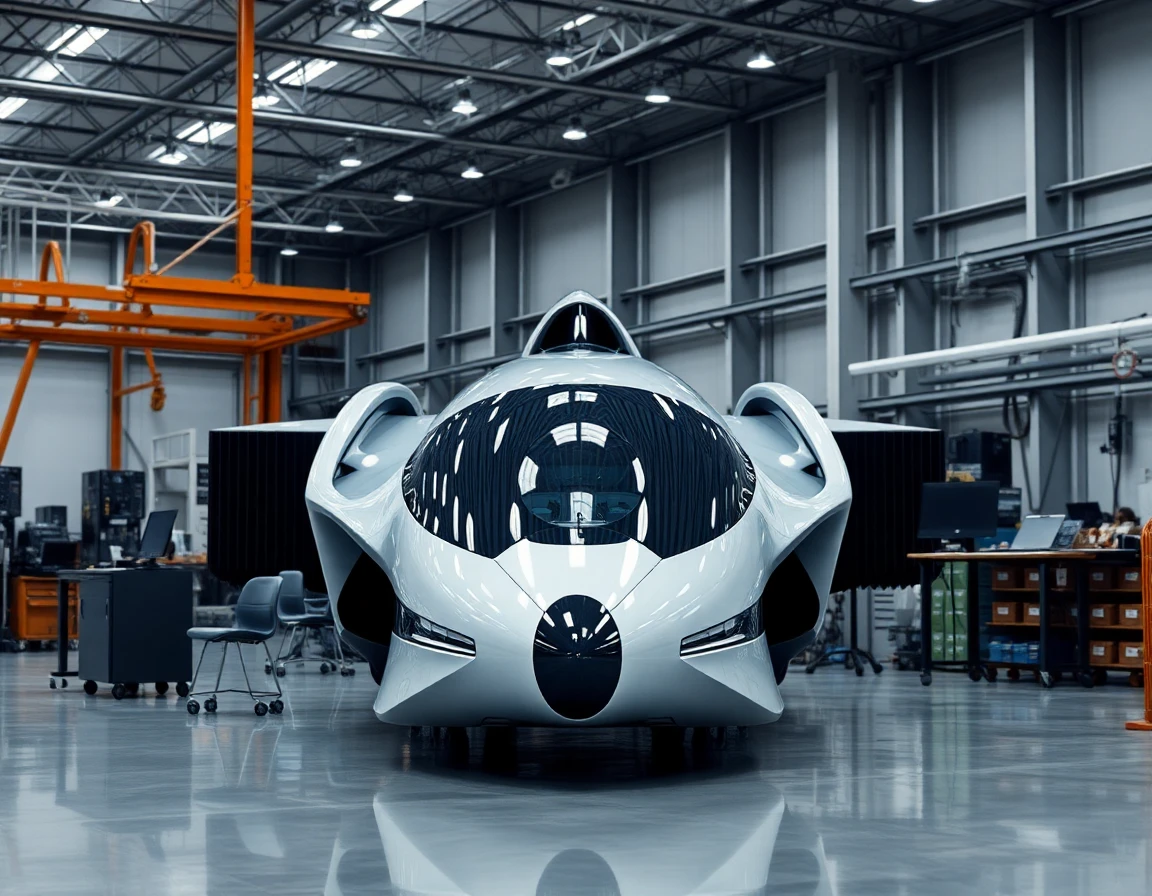The emergence of hypersonic technology has marked a significant shift in the aerospace and defense landscape. Capable of traveling at speeds exceeding Mach 5, hypersonic vehicles represent a new frontier in military capabilities, combining speed, maneuverability, and precision. As nations invest heavily in research and development, the integration of hypersonic systems into modern defense frameworks is becoming increasingly essential.
What is Hypersonic Technology?
Hypersonic technology refers to vehicles that can travel at speeds greater than five times the speed of sound (Mach 5). This encompasses a range of designs, including hypersonic glide vehicles (HGVs) and hypersonic cruise missiles, each with unique attributes and operational capabilities. According to the U.S. Department of Defense (DoD), hypersonic weapons can bypass traditional missile defense systems due to their low-altitude flight paths and unpredictable maneuvers.
Technical Specifications and Capabilities
Hypersonic vehicles utilize advanced aerodynamic designs and propulsion technologies such as scramjets and rocket boosters. The operational range of these systems varies, but most are designed for short to medium-range engagements. For instance, the U.S. Navy’s Conventional Prompt Strike program aims to develop hypersonic missiles capable of striking targets globally within one hour.
The Role of Advanced Sensors
A crucial aspect of effective hypersonic weaponry is the integration of sophisticated navigation and control systems. This is where products like Advanced Sensor Modules come into play. With exceptional motion sensing capabilities, these modules enhance the stability and control of hypersonic vehicles, ensuring precise navigation even at extreme speeds.
Global Developments in Hypersonic Technology
Countries across the globe are racing to develop hypersonic capabilities. The United States, Russia, China, and India are at the forefront of this technological arms race. For instance, Russia’s Avangard system, which has been operational since 2019, is designed to evade missile defenses and deliver nuclear payloads at hypersonic speeds. Similarly, China’s DF-ZF hypersonic glide vehicle is reported to have successfully completed multiple flight tests, indicating rapid advancements in their hypersonic program.
Expert Perspectives on Hypersonic Advancements
According to Dr. Elena Smith, a defense analyst with the Center for Strategic and International Studies, “The development of hypersonic technology is not just about speed; it’s about creating systems that can operate in contested environments where traditional assets may fail. This includes leveraging advanced radar systems to track and intercept hypersonic threats effectively.”
Challenges and Implications for Defense Systems
Despite the promise that hypersonic technology holds, several challenges remain. One of the primary concerns is the development of effective missile defense systems. Traditional radar systems, which are designed to detect slower-moving targets, may struggle with the unique flight patterns of hypersonic vehicles. This necessitates advancements in radar technology that can keep pace with the speed and agility of hypersonic threats.
Additionally, the development of reliable guidance systems is critical. The JDWZZ3411 System, a high-performance dual-axis MEMS gyroscope, exemplifies the kind of technology needed to enhance the precision of hypersonic navigation systems. With a measurement range of ±300°/s, it provides superior stability and accuracy essential for high-speed applications.
Future Developments and Strategic Implications
Looking ahead, the implications of hypersonic technology extend beyond military applications. The technology could also influence international relations, as nations grapple with the balance of power in light of these advancements. Hypersonic capabilities could deter adversaries, but they may also provoke an arms race, as countries seek to develop countermeasures.
Conclusion: The Hypersonic Frontier
As hypersonic technology continues to evolve, it is clear that its integration into defense systems will reshape military strategies worldwide. The race to develop and deploy hypersonic weapons is not merely a technological challenge; it is a strategic imperative that will define the future of warfare. Continued investment in research, advanced sensors, and sophisticated navigation systems will be crucial in harnessing the full potential of hypersonic technology. With the right advancements, the next generation of defense systems could operate in ways previously thought impossible, marking a new era in military capability and security.



